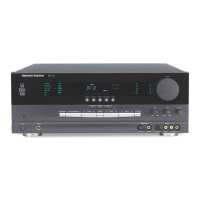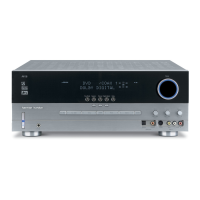Movies, sound and music have been together since Jolson sang, Fred and Ginger danced and Rocky Horror went to the picture show.
While some credit digital technology for marrying the intensity of sight to the pleasure of sound, the use of music to enhance a
film’s storyline has been there from the beginning. Indeed, even before “The Jazz Singer” ended the silent movie era forever,
operatic tenors were used for early movie sound experiments. From Busby Berkley in the Thirties to extravaganzas in the Fifties…
from Elvis’s “Jailhouse Rock” to rock operas of the Sixties and Seventies…from the peace and love of “Woodstock” to the grim
drama of “Apocalypse Now,” music and movies have always gone hand in hand.
Even when music isn’t at the forefront of the drama, it often provides the signature that binds our emotions to a film. Think of
the banjo accompaniment in “Deliverance.” It seems simple, yet at the same time is a key part of a multilayered story. Recall the
memorable songs that set the mood of “Midnight Cowboy” or “American Graffiti.” No, these movies weren’t musicals, but without
music they wouldn’t have been the same.
Sometimes just a few musical notes forever become a part of our movie experience. The foreboding cello stabs in Jaws, the tone
code pattern of “Close Encounters,” the four notes of Strauss we will forever associate with images of the ape and the monolith in
Passion in full view — the
22

